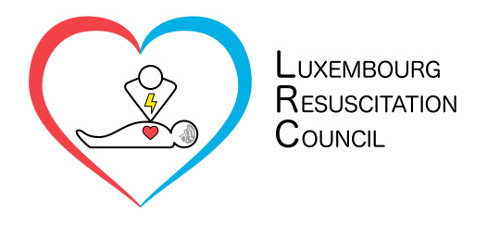
Abstract
Background
The epidemiology and outcome after out-of-hospital cardiac arrest (OHCA) varies across Europe. Following on from EuReCa ONE, the aim of this study was to further explore the incidence of and outcomes from OHCA in Europe and to improve understanding of the role of the bystander.
Methods
This prospective, multicentre study involved the collection of registry-based data over a three-month period (1st October 2017 to 31st December 2017). The core study dataset complied with the Utstein-style. Primary outcomes were return of spontaneous circulation (ROSC) and survival to hospital admission. Secondary outcome was survival to hospital discharge.
Results
All 28 countries provided data, covering a total population of 178,879,118. A total of 37,054 OHCA were confirmed, with CPR being started in 25,171 cases. The bystander cardiopulmonary resuscitation (CPR) rate ranged from 13% to 82% between countries (average: 58%). In one third of cases (33%) ROSC was achieved and 8% of patients were discharged from hospital alive. Survival to hospital discharge was higher in patients when a bystander performed CPR with ventilations, compared to compression-only CPR (14% vs. 8% respectively).
Conclusion
In addition to increasing our understanding of the role of bystander CPR within Europe, EuReCa TWO has confirmed large variation in OHCA incidence, characteristics and outcome, and highlighted the extent to which OHCA is a public health burden across Europe. Unexplained variation remains and the EuReCa network has a continuing role to play in improving the quality management of resuscitation.
© 2020 Elsevier B.V. All rights reserved.
For full text go to Resuscitation Journal

